Mustang408
Member
I got a call to look at a car that needed some repaint work. Welllll... I've never seen this!
The owner told me that he put a Car Cover on the vehicle after he got it back from the painter. I didn't grill him but their might have been some water on the car when he covered it with fresh paint.
This he said happened about 2 years after the paint job was done.
The original shop did flow coat the clear for the stripes.





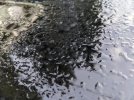
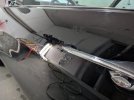
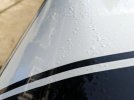
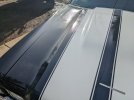
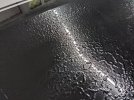
The owner told me that he put a Car Cover on the vehicle after he got it back from the painter. I didn't grill him but their might have been some water on the car when he covered it with fresh paint.
This he said happened about 2 years after the paint job was done.
The original shop did flow coat the clear for the stripes.





